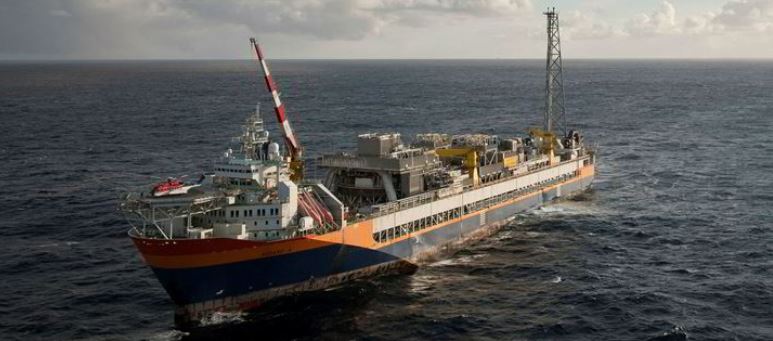Equinor-led quartet in tune for multi-field development off Norway
An Equinor-led quartet of operators has reached an agreement to develop several discoveries through subsea tie-backs to its Aasgard field in the Norwegian Sea for an estimated investment of up to Nkr10 billion ($1.2 billion).
The Haltenbanken East development scheme would encompass five discoveries spanning four different licences — Sigrid and Natalia to the north of Aasgard and Mikkel-Harepus, Flyndretind and Nona to the south of the producing field — to tap an estimated 100 million barrels of oil and gas equivalent in recoverable resources, according to sources.
Upstream has learned that negotiations on the proposed field cluster project are completed and that an official signing ceremony will take place soon, with the pact to involve unitisation of production licences 312 (Mikkel-Harepus), 263 (Sigrid and Natalia), 473 (Flyndretind) and 074 (Nona).
Norwegian state-controlled Equinor will operate the project, with Vaar Energi, Spirit Energy and state holding company Petoro as partners.
Subsea compression
The project, targeted for start-up in 2025, would entail several subsea templates tied in to Aasgard via the Midgard structure where Equinor has deployed a unique subsea gas compression system installed in 2015 to boost recovery.
An Equinor spokesman told Upstream the company aims to develop a high number of smaller fields through improvement measures and potential unitisation with other minor discoveries, though he did not confirm that a unitisation agreement is already in place.
“This includes the discoveries in the area called Haltenbanken East. The work started last autumn and we expect to conclude during this autumn,” he said.
Analyst Anders Wittemann of Norwegian consultancy Wittemann E&P said it was welcome news that the licence holders had come to an agreement on development of these discoveries.
“It was overdue that they found a solution. These are high-value barrels and it is important to utilise available capacity at existing facilities such as Aasgard,” he said.
Wittemann expects total investments on the project of up to Nkr10 billion, citing an official recoverable reserves estimate for the combined discoveries of up to 85 million boe.
The Aasgard field, located in the Haltenbanken area around 50 kilometres south of the Heidrun field in a water depth of up to 300 metres, started producing in 1999 after being discovered in 1981, with the plan for development and operation approved in 1996.
Satellite tie-ins
The field has been developed with subsea wells tied back to the Aasgard A floating production, storage and offloading vessel, while the Aasgard B semi-submersible platform is used for processing of gas and condensate.
Equinor has been pursuing third-party tie-ins of satellite discoveries to prolong the lifetime of the facilities, with the Trestakk field brought online last year as a subsea tie-back to Aasgard A.
The operator also drilled a number of additional production wells last year to boost recovery and carried out an extensive well intervention campaign at the Aasgard field, which is underpinned by the producing Smorbukk and Midgard deposits.
Gas injection wells at Smorbukk are currently being converted to gas producers wells and it is possible to switch between injection and production in order to maintain gas injection at Smorbukk and Smorbukk South, as well as gas export volumes from the field.
—
Source: Upstream | This text was excerpted from the media outlet cited on August 25, 2020 and is provided to Noia members for information purposes only. Any opinion expressed therein is neither attributable to nor endorsed by Noia.






